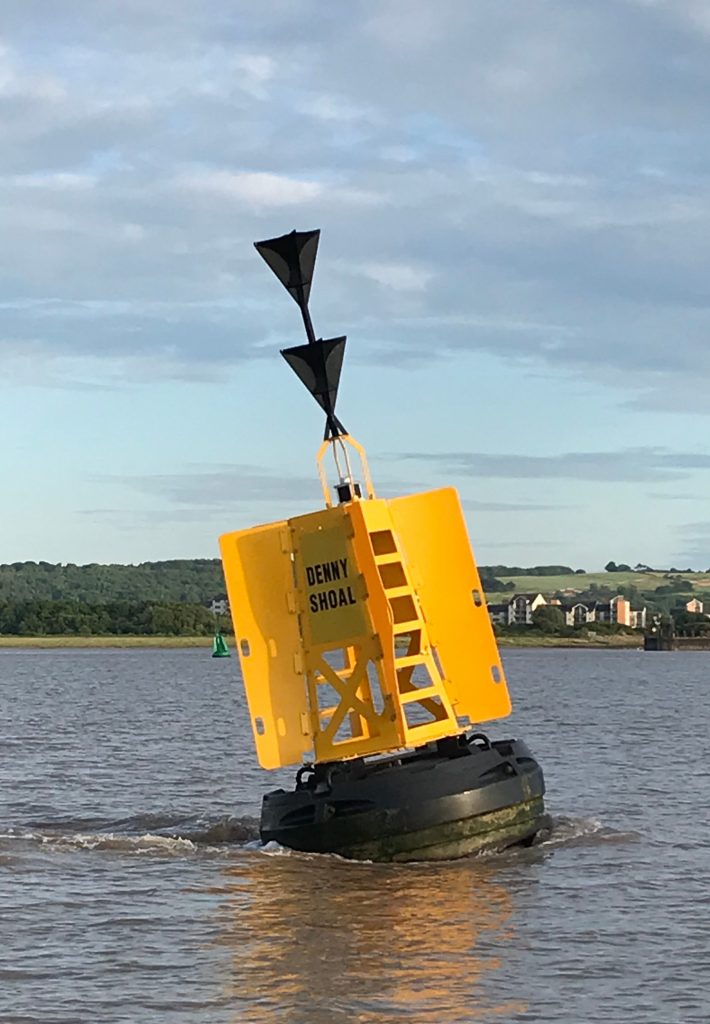Second to Canada’s Bay of Fundy, the Bristol Channel has the highest tidal range in the world, up to 15m, with corresponding rates of tidal flow. There are numerous sand banks and shoals which dry at low water. Not only do these constitute navigational hazards but also restrict the widths of the channels through which the tide must pass. There are a number of islands and submerged rocks which are hazardous to navigation.
Each time a boat ventures into the Bristol Channel, the experience will be different. After several uneventful and stress free passages it is easy to be lulled into complacency. When the sailing is good it is very good, however when the weather turns you can easily find that making your required course is difficult. The channels are relatively narrow in places and there are many shoals and shores. The tidal streams can limit your course over the ground, and there are not many places to shelter especially at low water.
When the wind is blowing in the opposite direction to the tide, then short choppy waves can develop (wind over tide). These waves will considerably slow your progress through the water. This is especially important if you are attempting to punch the tide as you may not make any forward progress or even end up going backwards over the ground.
Even when you have set out in good conditions when the tide turns the sea state can change considerably.
Beware Of The Buoys!

Unless you are sailing either directly with or directly against the tides you will not be travelling in the direction that the boat is pointing.
The buoys in the Bristol Channel are robustly constructed to cope with the extreme tidal rates. A combination of these two factors means that a buoy which appears to be well off your bow may be in your path! If you hit them then you will do so at speed and it’s more than likely the buoy will sustain considerably less damage than your own vessel.
Another factor which could lead to a collision is that although your speed through the water may only be a couple of knots, the distant buoy that seems 10 minutes away will, thanks to the tide, mean you will be at its location in 3 minutes.
Sandbanks
There are a large number of sandbanks in the Bristol Channel. It is possible to go ashore on these but it is not recommended. Even the hard patches of drying sand will become soft as the tide comes in. Also if your boat is anchored off the sands then getting back to it against the tide may not be possible. Bilge keel and flat bottomed boats have dried out over low water on the Welsh sands. This is risky as there are a couple of wrecks on the sands, and can also be dangerous as the sea conditions can deteriorate rapidly meaning that your would have to float off in breakers.
Tidal Flows
Despite tidal rates of 3 – 5 knots (and as much as 8 knots in the shoots channel by the Prince of Wales bridge), progress can be made against the tides. However the accepted wisdom is to sail with the tides when they are favourable (at which times you can double your normal expected distance over the ground) and rest during the three hours when the tidal rate is at its quickest against you. The tide starts to rise at the western end of the channel first, consequently the maximum rate of flood tide also passes up the channel from the west (i.e. maximum rate at Lundy is approximately one hour before Cardiff, and Cardiff is 30 minutes before Avonmouth. If you are moving to the east then you will stay in the fast tide for longer and the duration of the tide will be more than six hours. Going west on the ebb tide you will be losing on the tide as you will be sailing towards the low water.
In good visibility navigating is probably easiest by following the buoyed deep water channels. Keep just outside the shipping channels, and navigate from buoy to buoy.
Anchoring in the tide is not recommended.
It is good practice however to have an anchor ready. If the engine fails or the vessel is demasted, timely use of the anchor could prevent the vessel from being pushed by the wind/tide into a rock, island, buoy or other hazard.
To access the latest tidal information, see the Admiralty’s EasyTide.
